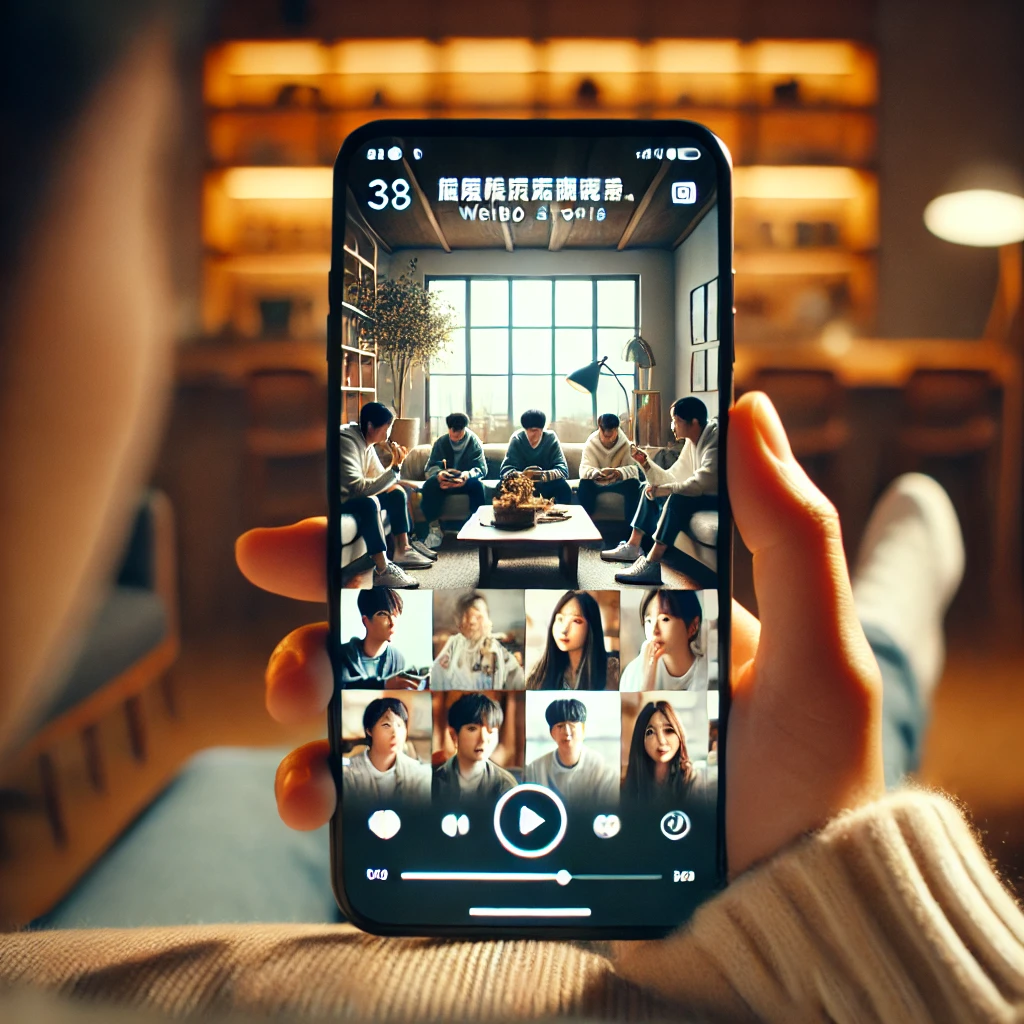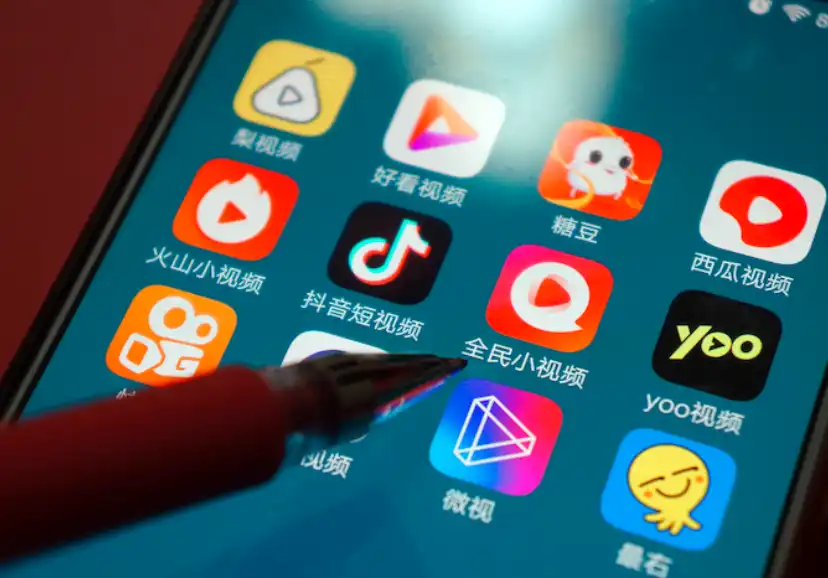Translate your videos from English to Chinese the right way. This complete workflow covers transcription, subtitles, dubbing, and delivery.
Table of Contents
- Why Video Marketing Matters More Than Ever
- People Love Stories—And They Love to Share
- A Closer Look at Chinese Consumers: Why They Love Videos
- China’s Massive Digital Market: The Numbers Speak
- Where Do Chinese Consumers Spend Their Video Time?
- Diversity in the Chinese Digital Market: Lower-Tier vs. Higher-Tier Cities
- How Should Global Companies Engage with Chinese Consumers?
- Details of Chinese Video Translation Workflow
- 1 Transcription
- 2 Translation
- 3 Voice-Over
- 4 Subtitling
- Your final takeaway: How to start?
- Different Types of Videos for the Chinese Market
- HubSpot’s 2025 State of Marketing Report highlights that short-form video is now the most utilized content format, with 29% of marketers leveraging it. Additionally, 73% of respondents find video marketing effective in achieving their business goals.
- 99% of them plan to continue using video in the future.
- 65% of businesses that don’t use video marketing yet plan to start this year.
Why Video Marketing Matters More Than Ever
🚀 In today’s fast-paced world, attention spans are shrinking—Microsoft research suggests that people now have an average attention span of just 8 seconds! This makes digital marketing more challenging than ever, especially as consumers are constantly bombarded with content.
📌 Did you know?

People Love Stories—And They Love to Share
At the end of the day, marketing is more than just hitting sales targets or analyzing data insights—it’s about connecting with real people.
📌 2025 report by Yaguara highlights that 73% of consumers favor short-form videos for product or service information, emphasizing the growing importance of concise and engaging content.
If you want to resonate with Chinese consumers, video storytelling in their language and cultural context is the key to building trust and engagement.
9 Chinese Video Platforms to Watch in 2025 (Marketer’s Guide)
A Closer Look at Chinese Consumers: Why They Love Videos
While video consumption is booming worldwide, Chinese consumers engage with video content in unique ways. Understanding these digital habits can help global brands craft a more effective marketing strategy for the Chinese audience.
China’s Massive Digital Market: The Numbers Speak
📌 Over 800 million internet users in China
📌 98% of them access content via mobile devices
📌 Short-video platforms are among the most popular digital entertainment sources
With just a few taps, Chinese consumers can instantly access a variety of video content, e-commerce, and entertainment—making mobile video one of the most powerful engagement tools in the market.
Where Do Chinese Consumers Spend Their Video Time?
According to SCMP (South China Morning Post):
➡️ As of June 2024, China’s short-video app market reached a significant milestone, with 1.05 billion monthly active users
➡️ Short-video platforms are gaining popularity globally, making them one of China’s most successful digital exports.

📌 Top Video Platforms in China:
✔️ Douyin (TikTok China) – The leader in short videos
✔️ Kuaishou – Popular in lower-tier cities
✔️ Bilibili – Favored by younger audiences for anime, gaming, and creative content
✔️ iQIYI & Tencent Video – Dominant in long-form streaming content
Diversity in the Chinese Digital Market: Lower-Tier vs. Higher-Tier Cities
China is not a single, uniform market—consumer habits differ across different city tiers.
📍 Consumers in Lower-Tier Cities:
✅ Spend more time on mobile entertainment (games, video streaming, short videos)
✅ Prefer short videos as their primary form of digital leisure
✅ Higher spending on online content—24.9% of users spend 500+ yuan per month on digital content
📍 Consumers in Higher-Tier Cities:
✅ Have a wider mix of digital habits (e-commerce, social media, professional networking)
✅ Engage with a mix of long-form & short-form video content
✅ Prioritize premium content & memberships
How Should Global Companies Engage with Chinese Consumers?
For global businesses, breaking into China’s digital market is not an overnight project. You need to:
✔️ Understand regional digital habits – Lower-tier vs. higher-tier city audiences
✔️ Leverage video platforms effectively – Choose the right short-video or long-video platform
✔️ Localize your messaging – Create culturally relevant, engaging video content in Chinese
✔️ Invest in language solutions – Work with native Chinese copywriters and translators for maximum impact
Details of Chinese Video Translation Workflow
1 Transcription

When the script for video is not available, we transcribe the video into texts first, before we send them to the translators. It will make things easier for them as it would be costly if they multitask in transcription and translation work. The transcriber is skilled to listen to the nuisances and a native speaker who understands both the original language (e.g. English) and the target language (e.g. Chinese—Simplified or Traditional)
2 Translation
We choose the right translator who can handle the project and is familiar with the industry terms and jargons for translations. The translator also proofreads the texts and then submits to the client for approval before we proceed to the next step, the Voice-Over.
3 Voice-Over
Once the client gives us the “go” or confirms the texts, then we provide a wide selection of voice artists with samples. Depending on the preferences and also how the video is presented, the voice talent should also be consistent with how the video runs. We will stick with the voice talent that matches the requirements on speech speed, emotion, and style.
4 Subtitling
They say, “Save the best for last.” In subtitling, despite being the last procedure, it’s also a laborious task where voice dubbing professionals should meet the timeline of the video and match the content both visual audio in real-time—that means, as Sophie put it, “accuracy down to the millisecond.”
In this last step, the clients can choose two options for the final video:
SRT version – Our team can send the light-weight option so that we don’t have to send the huge video back, saving more time on file transfer for the client.
Embedded or compressed version — our team can send this version with voice-over. Some projects include voice-over plus captions in Chinese. These captions are called call-outs that require extra time and efforts from subtitling artists who are also video editors at the same time.
This is the typical workflow when clients work with us on Chinese video translation projects. While the steps may serve as a guide, the most important thing is that the deliverables meet the requirements and deadline.
After the Subtitling, the team of professionals also conduct the SUB-QA wherein they check the subtitles or captions on the video and other discrepancies or even misspellings.
Deliverables include the subtitled video in Chinese or any language or subtitle script file. Draft, proofread, final translation documents are also available and up-to-date TM and QA report to track the developments and project history.
Your final takeaway: How to start?
If you already have a promotional video in English and want to tap into the Chinese market, that’s your perfect starting point. Video is an effective way to introduce your brand, engage potential customers, and localize your content for greater impact.
Different Types of Videos for the Chinese Market
🎬 1. Promotional Videos in Chinese
A promotional video can be a short and engaging snippet about your product or service. Unlike aggressive sales tactics, this type of content focuses on:
✅ Building brand awareness
✅ Showcasing key benefits
✅ Engaging potential customers in a subtle yet effective way
📌 Tip: Many successful brands use short WeChat, Douyin (TikTok China), and Bilibili videos to gain traction with Chinese audiences.
🎥 2. Educational & Industry Videos
Many companies create educational videos to inform and educate potential customers rather than just selling a product. These videos:
✔️ Explain industry best practices
✔️ Provide insights on market trends
✔️ Help establish credibility & trust
📌 Example: A skincare brand might create videos explaining how different skin types react to various products, helping consumers make informed choices.
🏢 3. Corporate Training Videos
For corporate clients, videos play a crucial role in:
✔️ Employee training
✔️ HR and company policy education
✔️ Increasing productivity and efficiency
📌 Example: Companies often use localized training videos in Mandarin to align with corporate policies and ensure clear communication across teams in China.
🎓 4. Instructional & E-learning Videos
For coaches, instructors, and educators, video content is a game-changer. These require significant effort, including:
✅ Voice talents for localization
✅ Transcribers for accurate subtitles
✅ Video editors for seamless adaptation
📌 Example: Online learning platforms, language courses, and professional coaching programs benefit from localized instructional videos to reach a broader audience.
Feel free to contact us; our team is ready to help you with your project!
